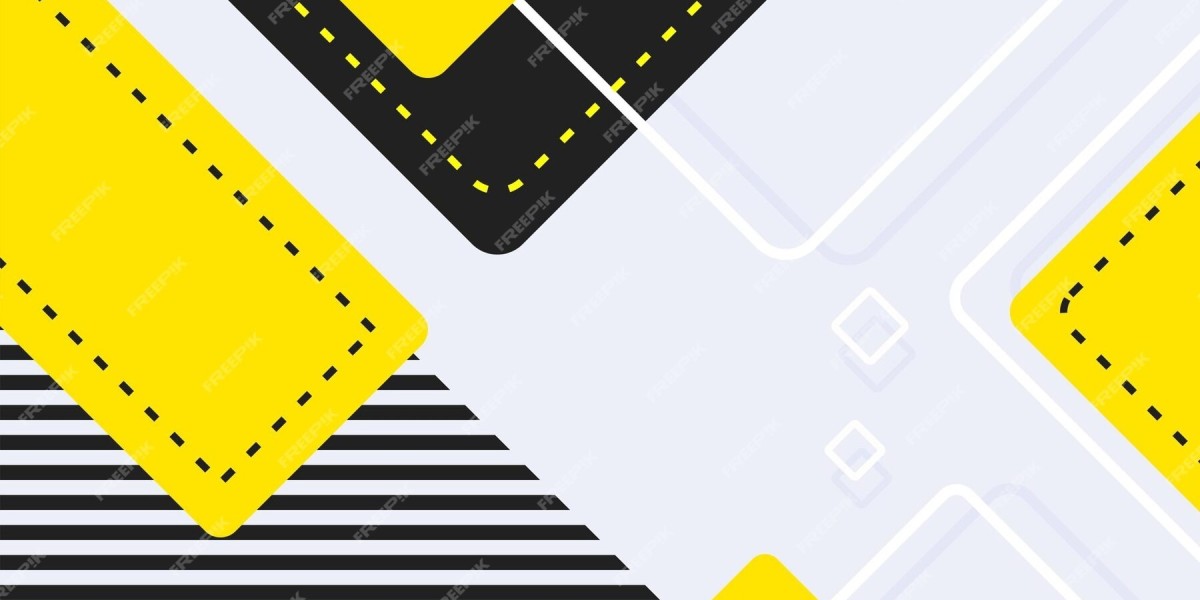Inclusive UX Starts With Accessible Navigation
Great mobile design isn’t just about aesthetics or usability it’s about accessibility. And one of the most overlooked yet essential parts of accessibility is navigation.
Users of all abilities must be able to move through your mobile app effortlessly. That includes people with low vision, color blindness, motor limitations, cognitive differences, or who rely on screen readers and other assistive technologies. The challenge? Most navigation systems are unintentionally designed for the average user.
That’s where Stark, a powerful accessibility toolkit used within today’s leading ux apps makes a difference.
This article explores how Stark’s UX design integrations help mobile teams build inclusive, accessible navigation systems that comply with standards like WCAG while improving usability for everyone. Because accessible navigation isn’t a feature it’s a fundamental.
Why Navigation Accessibility Matters
According to the World Health Organization, over 1 billion people worldwide live with some form of disability. Many rely on mobile devices as their primary connection to digital services, especially in areas with limited desktop access.
For these users, inaccessible navigation can create major barriers:
Menus that aren't keyboard- or screen-reader-friendly
Tabs and buttons with low contrast or ambiguous labels
Hidden paths not clearly indicated visually or semantically
Touch targets that are too small or too close
Accessible navigation ensures every user, regardless of ability, can understand, operate, and interact with your app.
What Is Stark?
Stark is a suite of accessibility tools designed to integrate directly into popular ux apps like Figma, Sketch, and Adobe XD. It enables designers to:
Check color contrast ratios in real time
Simulate color blindness and vision impairments
Audit navigation structures for WCAG compliance
Ensure text size, spacing, and layout accessibility
By embedding accessibility into the design process—not just as a final check—Stark empowers UX teams to design with inclusion in mind from day one.
Stark + UX Apps: Seamless Accessibility in the Design Stack
Stark integrates directly into tools mobile UX teams already use daily. Here’s how it pairs with major design platforms:
Platform | Integration Type | Accessibility Checks Supported |
Figma | Plugin | Color contrast, vision simulation, focus order |
Sketch | Plugin | Contrast, alt text reminders, WCAG suggestions |
Adobe XD | Plugin | Typography legibility, contrast, hierarchy |
Instead of jumping between tools or running audits post-launch, you can build, test, and refine accessibility features directly within your primary design environment.
Key Navigation Accessibility Features Powered by Stark
Let’s explore the features that directly improve mobile navigation accessibility:
? Color Contrast Checker
Ensure interactive elements (like navigation icons or CTA buttons) meet WCAG AA or AAA contrast requirements—even across light and dark modes.
Example: A bottom nav bar with light gray icons on a white background fails contrast checks. Stark flags the issue instantly and suggests accessible alternatives.
? Vision Simulator
Simulate different types of color blindness (e.g., Protanopia, Deuteranopia) or low vision conditions to test whether menus, tabs, and paths remain recognizable.
Why it matters: What looks distinct to most users might appear identical to someone with visual impairments.
? Focus Order Guidance
Keyboard or assistive tech users rely on logical focus paths. Stark helps structure navigation so the order of focus follows a coherent and intuitive flow.
Use case: Tab order in a mobile menu follows top-down logic rather than jumping randomly between elements.
? Typography & Spacing Checks
Evaluate whether text labels in your nav bar or drawer are large enough, spaced correctly, and legible under accessibility standards.
Design Tip: Use a minimum of 16px text for primary nav elements and maintain generous spacing to accommodate tap precision.
Applying Stark to Mobile Navigation: Step-by-Step Workflow
Step 1: Set Accessibility Goals Early
Before designing nav patterns, define your accessibility goals:
Meet WCAG 2.1 AA minimum
Support keyboard and screen reader navigation
Optimize touch targets for users with motor challenges
Step 2: Design in Figma, Sketch, or XD with Stark Enabled
As you create your wireframes or high-fidelity mocks:
Run real-time contrast checks on nav items
Use focus order visualization to test screen reader paths
Simulate various vision impairments to validate visual clarity
Step 3: Build Logical Navigation Flows
Structure navigation with predictable logic:
Consistent menu placement
Clear visual feedback on active states
Semantic labeling for screen readers
Step 4: Test for Accessibility Violations
Before developer handoff, use Stark to:
Audit all navigation components
Generate reports for color, layout, and focus issues
Document which elements require alt text or ARIA labels
Step 5: Iterate with Feedback
Share prototypes with accessibility testers or use additional tools like VoiceOver or TalkBack on real devices. Stark complements real-world testing by catching the foundational issues first.
Common Navigation Accessibility Issues Stark Helps Prevent
❌ Low Contrast Menus
Hard-to-read nav bars, especially over dynamic content or images.
Stark fix: Flag low-contrast elements and suggest compliant alternatives instantly.
❌ Unclear Active States
Navigation links that don’t visually indicate current location.
Stark fix: Ensure contrast, color, or icon states differentiate active vs. inactive.
❌ Overloaded Hamburger Menus
Nested, crowded, or hidden options inside toggle menus that confuse users with cognitive impairments.
Stark fix: Provide visual hierarchy, spacing, and color simulations to simplify menus.
❌ Tiny Tap Targets
Menus that require high precision, leading to accidental taps or frustration.
Stark fix: Validate button sizing against accessibility minimums (typically 44px x 44px for mobile).
How Stark Compares to Other UX Accessibility Tools
Here’s how Stark stacks up against other accessibility-focused ux apps:
Tool | Key Strengths | Ideal Use Case |
Stark | Design-integrated, real-time checks | Best for designers integrating accessibility early |
Axe DevTools | Dev-level audits, code inspection | Best for engineers and QA teams |
Color Oracle | Vision simulation only | Good for visual impairment previews |
Wave by WebAIM | Post-launch audits of web interfaces | Great for web, limited mobile support |
Conclusion: Stark is ideal for mobile design teams looking to bake accessibility into the creative process not just audit it afterward.
FAQs:
Q1: Is Stark only for designers?
Primarily, yes. Stark integrates into design tools like Figma and Sketch. However, developers can use the insights to implement proper semantic structure and ARIA labeling.
Q2: Does Stark support WCAG 2.2 guidelines?
Stark is continually updated to support evolving WCAG standards, including 2.1 and upcoming 2.2 recommendations.
Q3: Can I use Stark without a paid plan?
Yes. Stark offers a free plan with core features like contrast checking and vision simulation. Advanced features and team reporting are part of paid tiers.
Q4: How does Stark fit into my handoff process?
Stark allows you to export accessibility reports and document contrast and structure requirements ensuring developers implement designs correctly.
Final Thoughts:
Inclusive design isn’t just ethical, it's practical. Accessible navigation benefits everyone: users with disabilities, aging users, people using devices in low-light or high-glare environments, and even those with temporary impairments.
By integrating Stark into your UX design stack, you don’t just meet standards, you build products that work better for more people.
Among modern ux apps, Stark leads the charge in accessibility-by-design. It transforms accessibility from a compliance checkbox into a creative advantage.








